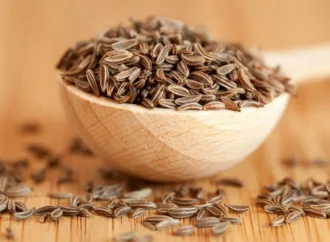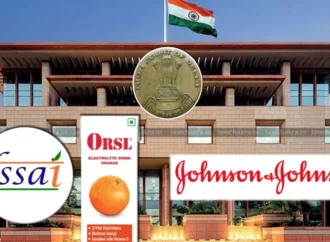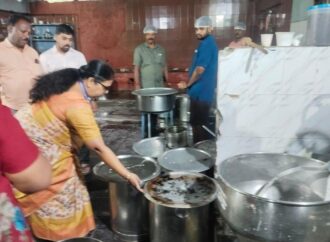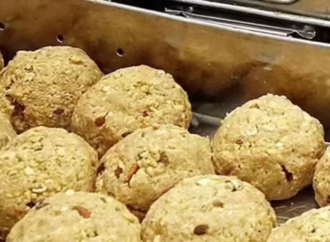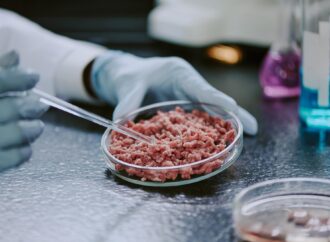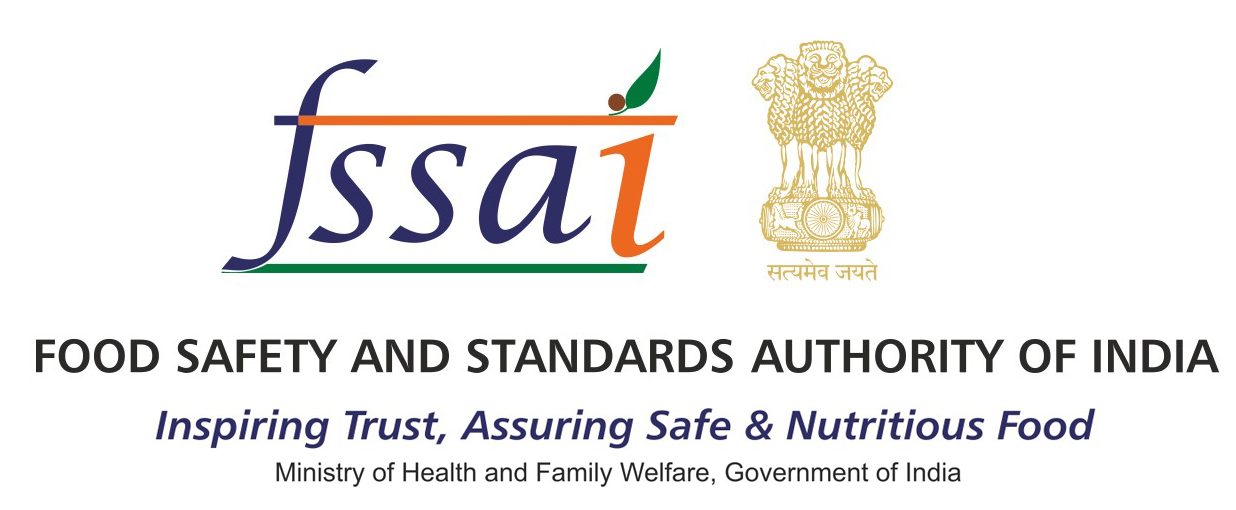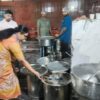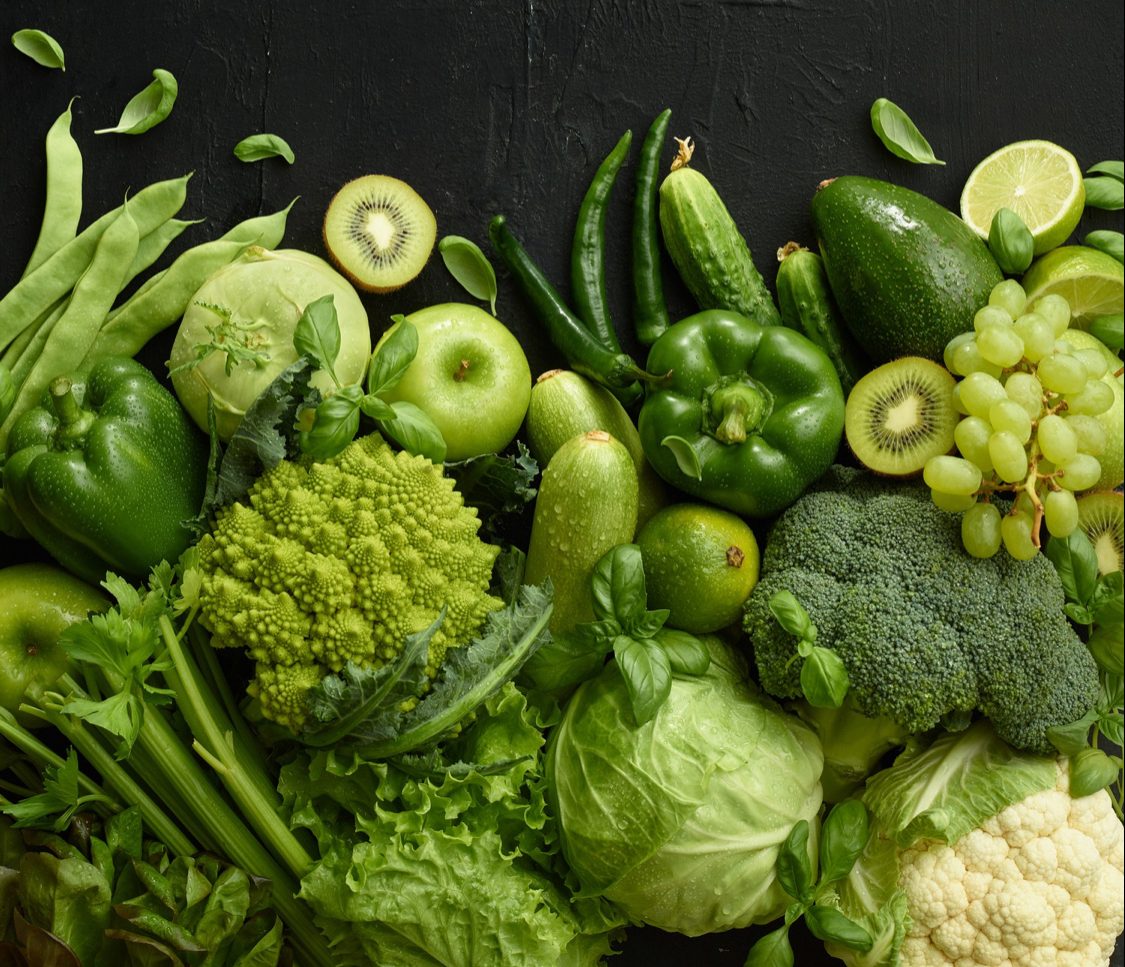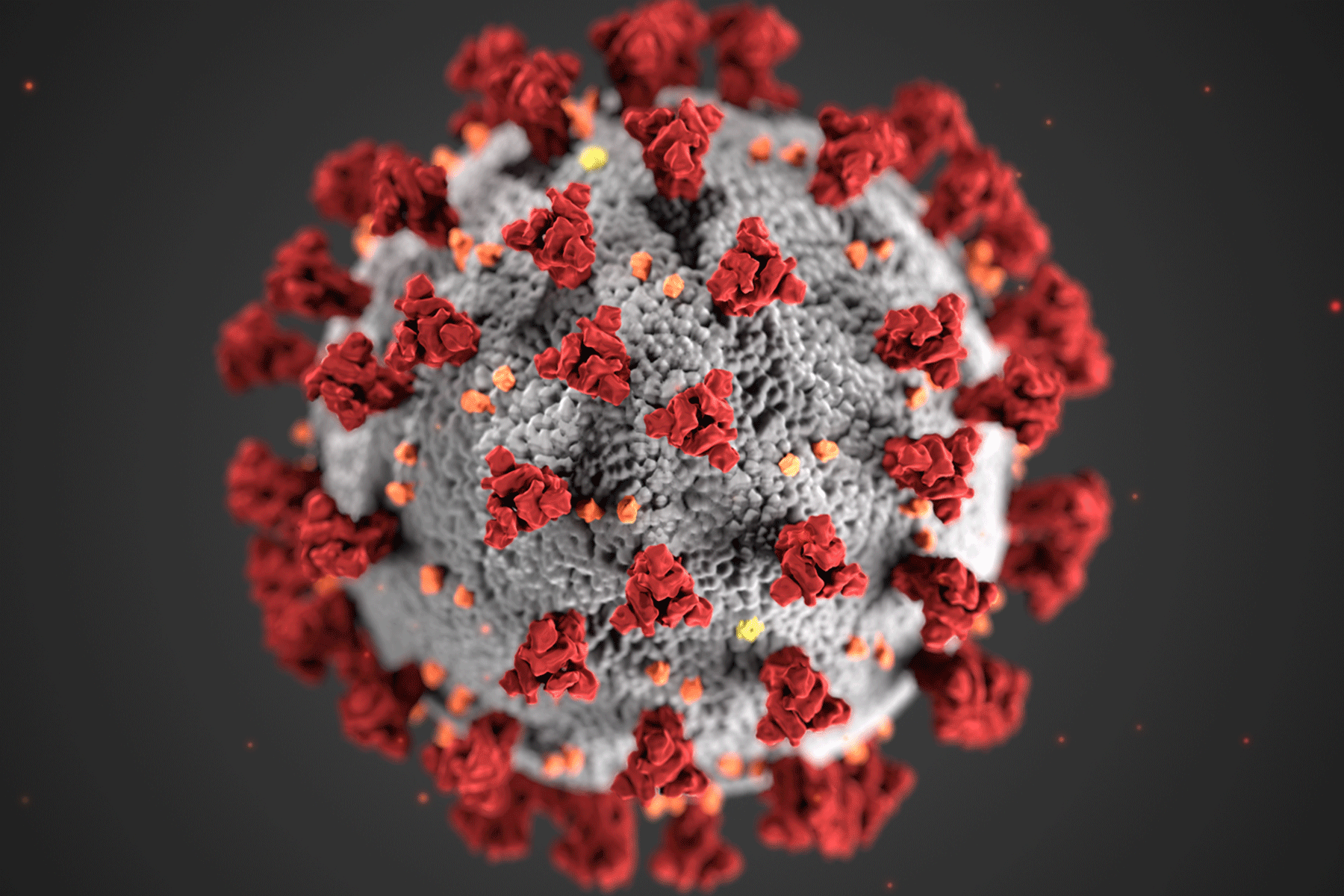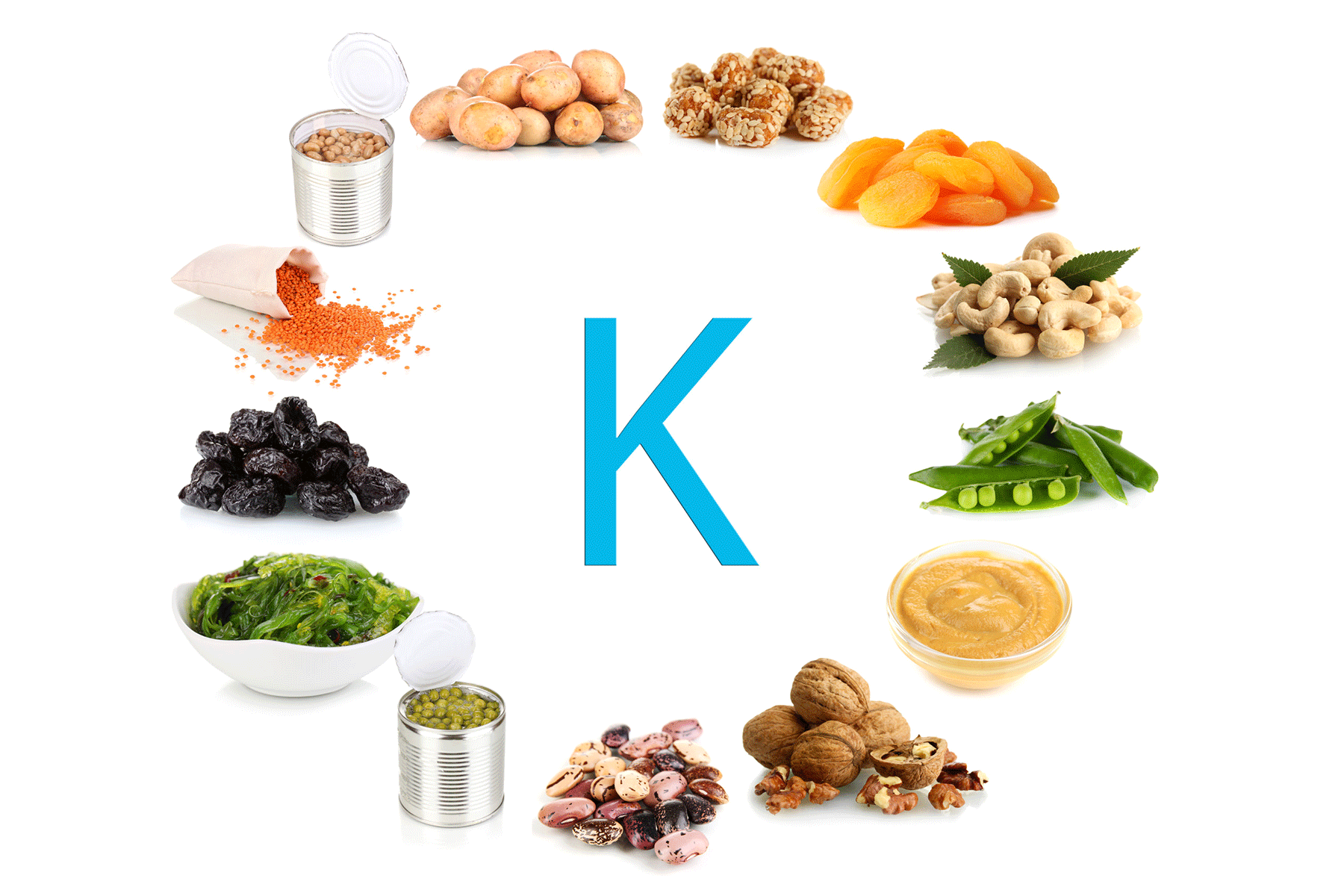Overview
South India has outperformed the rest of the country in food safety compliance over the past five years. Between 2020-21 and 2024-25, the five southern states recorded a food safety failure rate of just 13.2%—less than half the national average of 27.5%, according to data tabled in Parliament. Officials detected 32,465 violations in the region and took enforcement action in 18,501 cases (57%). While this enforcement rate is slightly below the national average of 59%, the region’s significantly lower failure rate underscores stronger overall compliance and better food safety standards.
What Counts as Non-Conformance?
Non-conformance refers to food samples that fail to meet the Food Safety and Standards Authority of India (FSSAI) norms. Failures may involve:
-
Harmful contaminants or pesticide residues
-
Microbial contamination
-
Adulteration with unsafe or cheaper substances
-
Mislabelling or false claims
-
Poor nutritional quality
Food safety officers collect market, eatery, and production samples for lab testing. Non-compliance can lead to fines, recalls, license cancellations, or prosecution under the Food Safety and Standards Act, 2006.
South India: State-Wise Trends
-
Tamil Nadu reported the highest violations (19,622), but improved sharply—its failure rate dropped from 32.8% in 2022-23 to 12.4% in 2024-25. The state imposed 11,692 penalties.
-
Kerala tested 10,767 samples in 2024-25, the region’s second-highest. It penalised 66.5% of violations, but failures rose from 12.1% to 15.2%, raising new concerns.
-
Telangana expanded testing capacity by 274% in five years, reaching 3,347 samples in 2024-25. Failures fell to 9.7%, though enforcement lagged at 32%.
-
Andhra Pradesh led in enforcement, penalising 73.5% of violations—the highest in the region. Its failure rate fell from 16.4% to 8.6%.
-
Karnataka achieved the country’s best quality, with only 5.9% failures over five years and a record low of 2.6% in 2021-22.
National Picture: Sharp Contrasts
Food safety testing nearly doubled nationwide—from 1.05 lakh samples in 2020-21 to 2.03 lakh in 2024-25, a 93% rise. Broader coverage, however, exposed stark gaps:
-
Uttar Pradesh recorded a crisis-level 54.3% failure rate in 2024-25—every second sample failed. The state alone accounted for 30% of all national violations (16,500 cases) despite imposing 15,000 penalties.
-
Rajasthan ranked second with 27.4% failures but showed strong enforcement at 82%.
-
Maharashtra (23.1%) and Haryana (22.4%) reported persistent quality issues.
-
Sikkim, Puducherry, and Dadra & Nagar Haveli reported zero failures, showing that strong local systems can deliver full compliance.
Takeaway
South India maintains better food quality and compliance than much of the country, even if enforcement trails slightly. Karnataka and Andhra Pradesh demonstrate how strict monitoring and follow-up can reduce failures, while Tamil Nadu shows that large states can turn around with targeted action. National data, however, reveals deep disparities—with states like Uttar Pradesh and Rajasthan facing a food safety crisis, while smaller states achieve near-perfect compliance.
Source: South First
 Food Manifest
Food Manifest 
